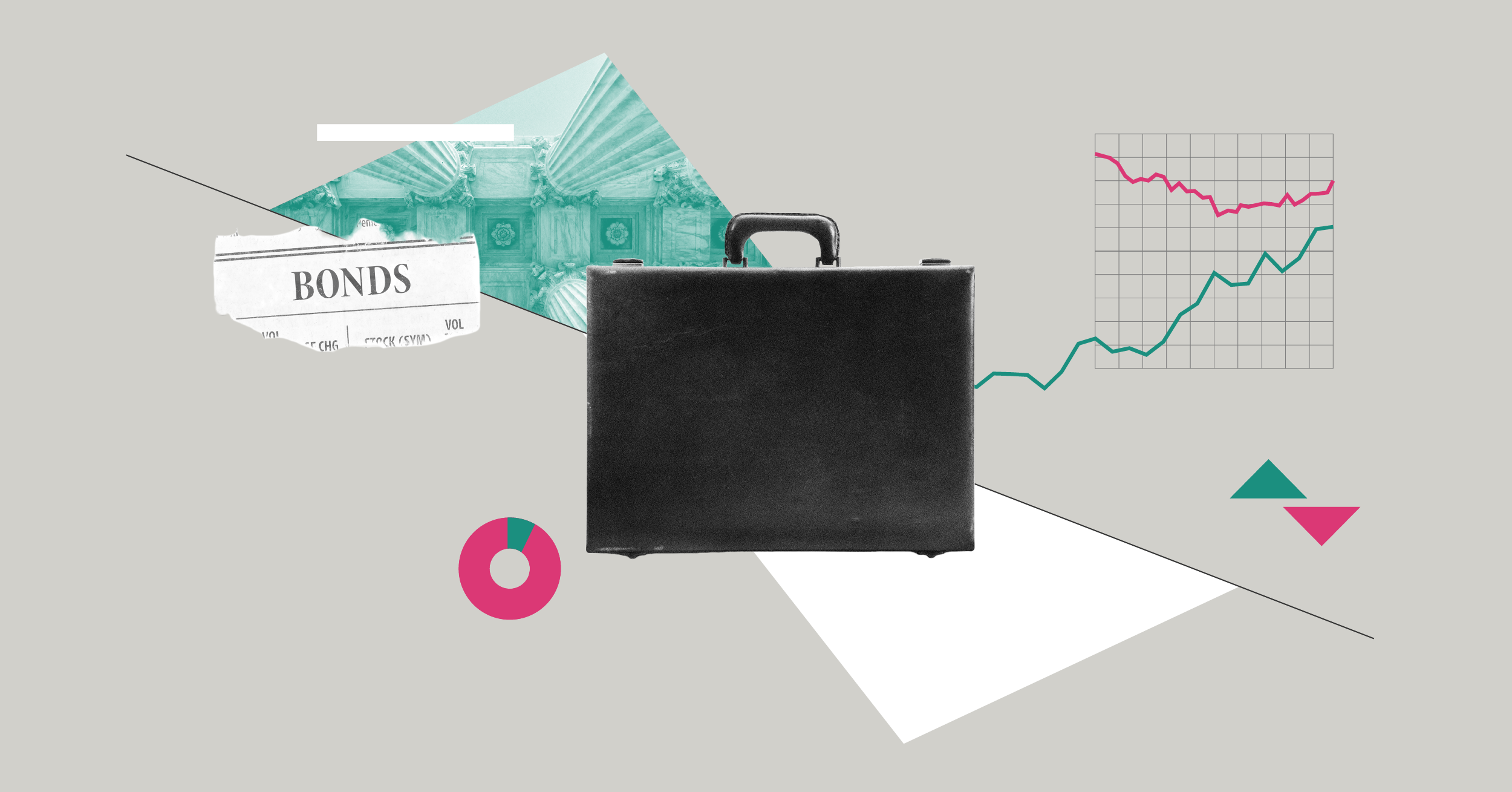
The Federal Reserve may be cutting interest rates, but yields have been rising in the US bond market. That trend continued Wednesday after Donald Trump’s victory in the US presidential election.
The jump in yields and price declines come as bond investors worry about two significant headwinds. One is the negative impact of increased bond issuance due to the growing federal deficit. The second is the continued strength of the US economy and longer-term inflation concerns, despite signs of softening in the labor market. That economic resilience is reducing expectations for Fed rate cuts in 2025. The result is that longer-term bond yields have been rising strongly, even as the Fed has only just begun its rate-cutting cycle.
The yield on the US Treasury 10-year note rose to 4.43% Wednesday from below 4.26% late Tuesday. On Sept. 18, when the Fed made its first interest rate cut by lowering the federal-funds rate by half a percentage point, the yield on the 10-year note finished the day at 3.7%. On Thursday, the Fed cut the funds rate by another quarter of a percentage point, and 10-year yields fell slightly to 4.33% by the afternoon.
Fed Chair Jerome Powell was asked about the recent runup in bond yields at his press conference following the rate announcement Thursday afternoon. “We’ve watched the runup in bond rates, and it’s nowhere near where it was, of course, a year ago,” Powell said. “I guess the long run rates are well below that level, so we’re watching that. Things have been moving around, and we’ll see where they settle.”
To some degree, the rise in long-term yields could even tie back to the Fed’s rate cuts, says Michael Plage, portfolio manager for several bond funds at Fidelity, including the $38.9 billion Fidelity Advisor Total Bond FEPIX. “It is not unusual for the 10-year Treasury yield to rise as the Fed is cutting rates, as easier monetary policy is generally welcomed by the economy and typically leads to higher growth, possibly higher inflation, and therefore higher future interest rates,” Plage says.
Deficits Raise Concerns About Greater Bond Issuance
Following Tuesday’s election, the focus was on the fiscal policy implications of the results. Not only did the Republican Party recapture the White House, but it also gained control of the Senate, and it could maintain its majority in the House of Representatives. Bond investors are concerned about the potential for Republican-led tax cuts to widen the already-growing federal budget deficit. A larger deficit means the government needs to sell more bonds to finance the debt, potentially leaving less for private debt and raising the all-around cost of borrowing.
“Continued budget deficits would require funding through increased Treasury issuance, potentially overwhelming demand,” Plage says.
Bond investors have been watching the rising deficit with increasing concern over the past year, and the election is now magnifying those worries. “A Republican sweep should widen Treasury’s financing gap, and will therefore necessitate larger coupon auction sizes over time than previously expected, and there’s a risk those increases will take place earlier than expected, potentially in August or even May of next year,” writes Jay Barry, interest rate strategist at J.P. Morgan Securities.
In addition, if Trump follows through on his pledges to increase tariffs, those moves could be inflationary. “Republicans taking the White House and the Senate resurfaces inflation concerns,” says Dominic Pappalardo, chief multi-asset strategist at Morningstar Investment Management. “If goods become more expensive to importers, they’re going to pass that along to consumers, which translates to higher prices, which is the definition of inflation.”
Sentiment Swings Around Economic Outlook
The other main contributor to the rise in bond yields is an economy that continues to grow at a stronger pace than many had expected. During the late summer, rising unemployment led to talk that the US economy could tilt into a recession, and investors piled into Treasury bonds, Plage says. However, economic data since then has diminished fears of an economic downturn and led investors to reverse those bets.
That could be seen in the move higher in bond yields, which began in September and accelerated in October after a strong jobs report. That was followed by a strong retail sales report partway through the month. “It sounded like such a great story that the Fed was going to be easing regularly and more aggressively,” says Warren Pierson, co-chief investment officer at Baird Asset Management and portfolio manager of the $49 billion Baird Aggregate Bond Fund BAGIX. “And then, because of the stronger economic data, people realize, ‘Oh, maybe we got too far ahead of ourselves.’”
Strong employment numbers indicate the economy may not need the Fed to lower rates as quickly and a recession is less likely. Falling rates and a recession are bullish for longer-term Treasuries. Falling rates increase the value of higher-yielding bonds, and there is often demand for Treasuries in hard economic times as investors flock to safer higher-quality assets.
That change in the economic outlook is also reflected in diminished expectations for Fed rate cuts. For example, expectations that the Fed will pause its rate cuts after the next meeting in December have grown. According to the CME FedWatch tool, bond futures traders peg the chance of rate cuts in January at under 30%. A month ago, those odds were given a nearly 65% chance.
The change in expectations around the Fed is even greater when looking out over the next year. “As of early September, market participants thought the federal-funds rate would drop to 2.75%-3.00% by the end of 2025 and remain there in the following years,” notes Morningstar senior US economist Preston Caldwell. “But they now expect a year-end 2025 rate of 3.75%-4.00%, a full 100 basis points higher.”
The author or authors do not own shares in any securities mentioned in this article. Find out about Morningstar's editorial policies.















